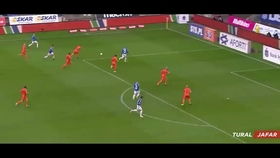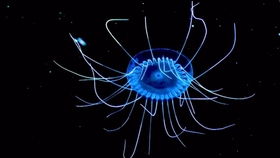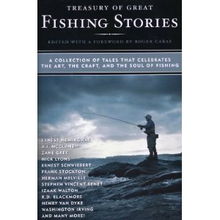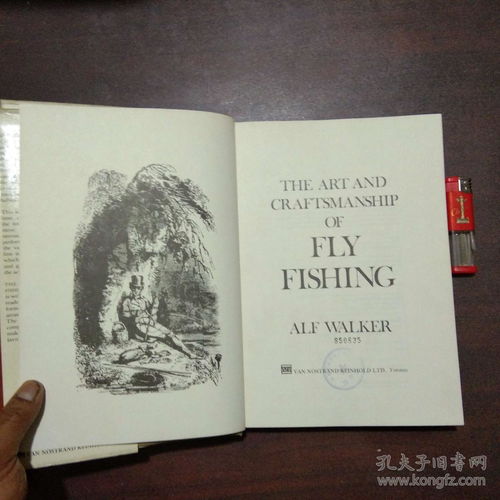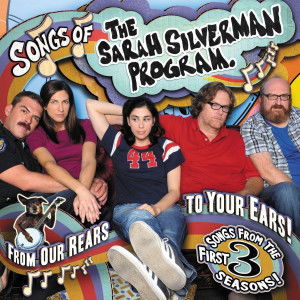Content:
In the digital age, the art of video editing has become an essential skill for anyone looking to share their passion for fishing with the world. Whether you're a professional angler or a hobbyist, learning how to edit your fishing videos effectively can enhance the viewer's experience and showcase the beauty of your catch. Here are some valuable tips and techniques to help you master the craft of video editing for fishing.
Planning Your Video
Before you even pick up a camera, it's crucial to plan your fishing video. Consider the following:
- Objective: What is the main purpose of your video? Is it to teach viewers how to fish, share your adventure, or showcase a particular technique?
- Structure: Decide on the flow of your video. A typical structure might include an introduction, the fishing process, highlights of the catch, and a conclusion.
- Length: Keep in mind that longer videos can lose viewers' attention. Aim for a length that balances thoroughness with brevity.
Capturing Quality Footage
Once you have a plan, it's time to capture the footage. Here are some key points to consider:
- Camera Equipment: Use a camera with good image stabilization and high-resolution capabilities. A DSLR or a high-quality action camera is ideal for outdoor activities.
- Lighting: Natural light is usually best, but consider using a flash or external light source if you're filming in low-light conditions.
- Sound: Ensure your camera has a good microphone, as sound is a crucial element in any fishing video. Avoid wind noise by using a windscreen or recording indoors when possible.
Importing and Organizing Your Footage
After filming, you'll need to import your footage into a video editing software. Here's how to get started:
- Importing: Use your camera's USB port or an SD card reader to transfer your footage to your computer.
- Organizing: Sort your clips into folders based on the date, location, or type of fishing. This will make it easier to find specific footage during the editing process.
Basic Editing Techniques
Once your footage is organized, you can start editing. Here are some fundamental techniques:
- Cutting and Trimming: Remove unnecessary parts of your clips to make your video more concise. Use the trimming tool to shorten clips or cut out bad takes.
- Transitions: Use transitions to smoothly move between clips. Avoid overusing them, as too many transitions can be distracting.
- Speed Control: Adjust the speed of your clips to emphasize certain moments, such as a fish striking or a long cast.
Enhancing Visuals and Audio
To make your video stand out, consider the following enhancements:
- Color Correction: Adjust the color balance to make your footage look more natural and vibrant.
- Filters: Apply filters sparingly to give your video a unique look. Be careful not to overdo it, as filters can sometimes detract from the authenticity of the footage.
- Audio Editing: Clean up your audio by removing background noise and adjusting the volume levels. Consider adding music or sound effects to enhance the experience.
Adding Text and Graphics
Text and graphics can provide additional context and information to your viewers: s and Subtitles:** Use titles to introduce segments of your video and subtitles to provide additional information or translations.
- Graphics: Add graphics to illustrate points or to highlight key moments in your video.
Final Touches and Exporting

Before you share your video, make sure to:
- Review: Watch your video multiple times to catch any mistakes or areas that need improvement.
- Export: Choose the appropriate format and resolution for your video. Ensure that the file size is manageable for sharing online.
Conclusion
Editing a fishing video may seem daunting at first, but with the right planning and techniques, you can create captivating content that will engage your audience. Remember to keep your video concise, visually appealing, and informative. With practice, you'll be able to tell your fishing stories with the same skill and passion as the professionals. Happy editing!
